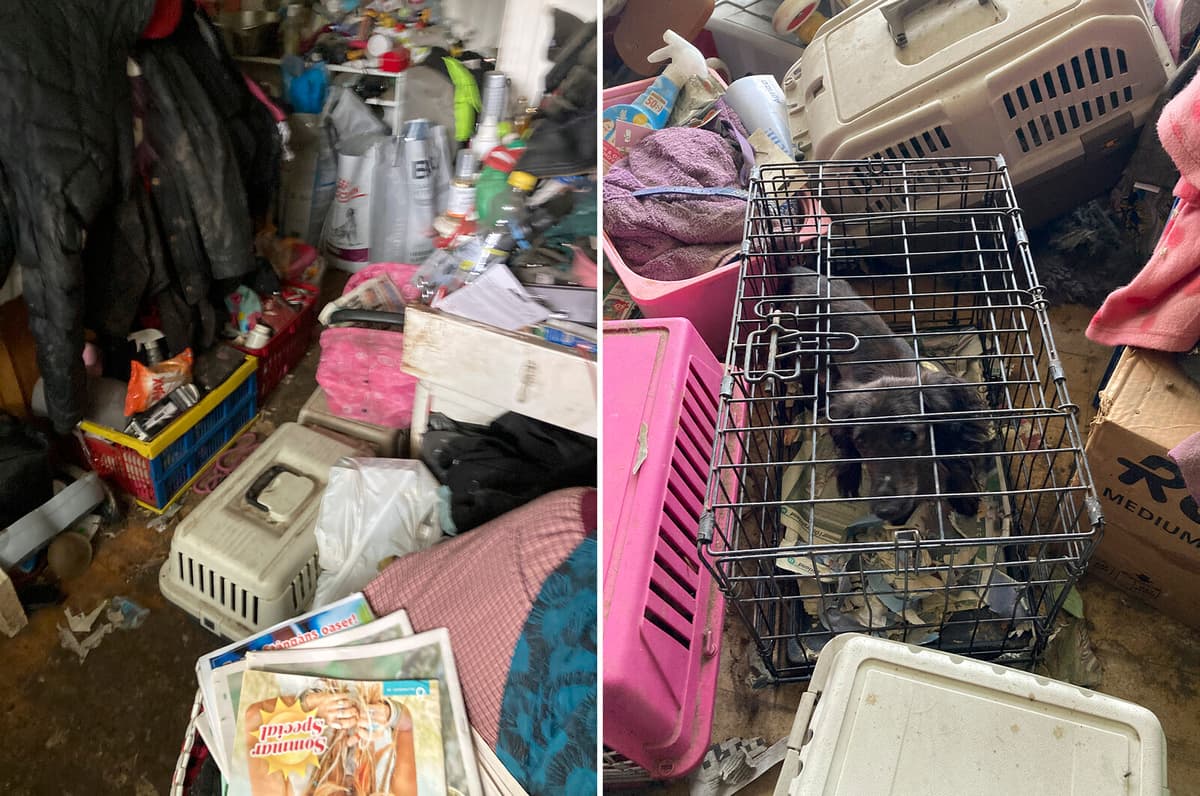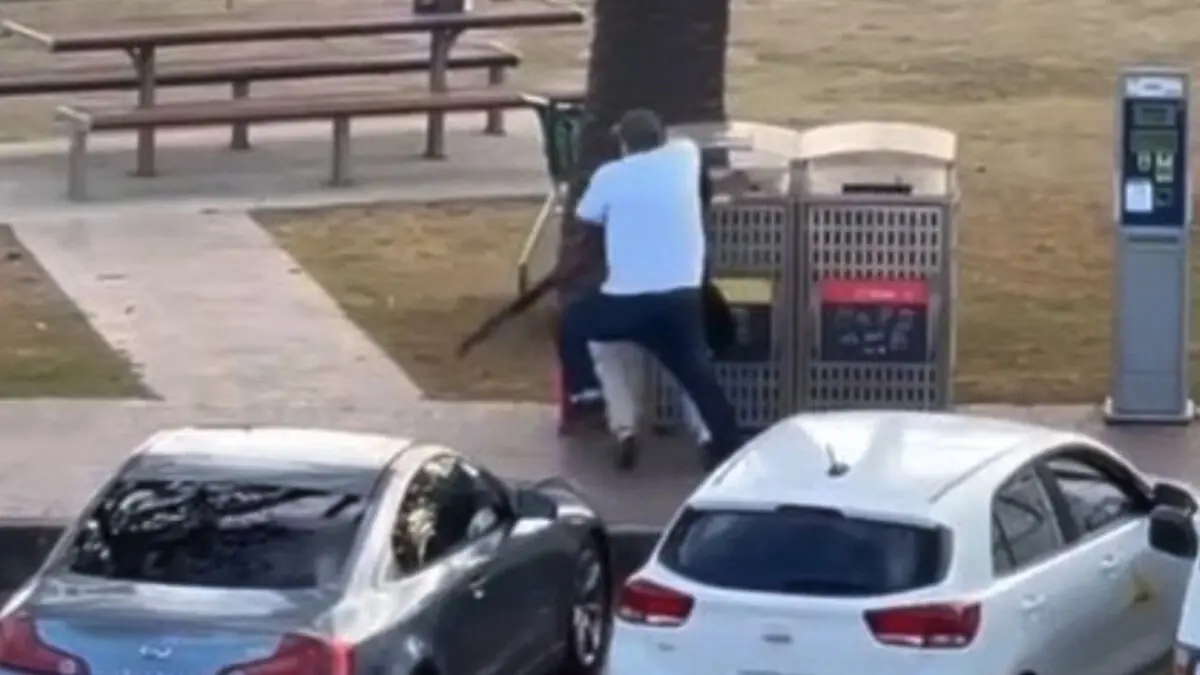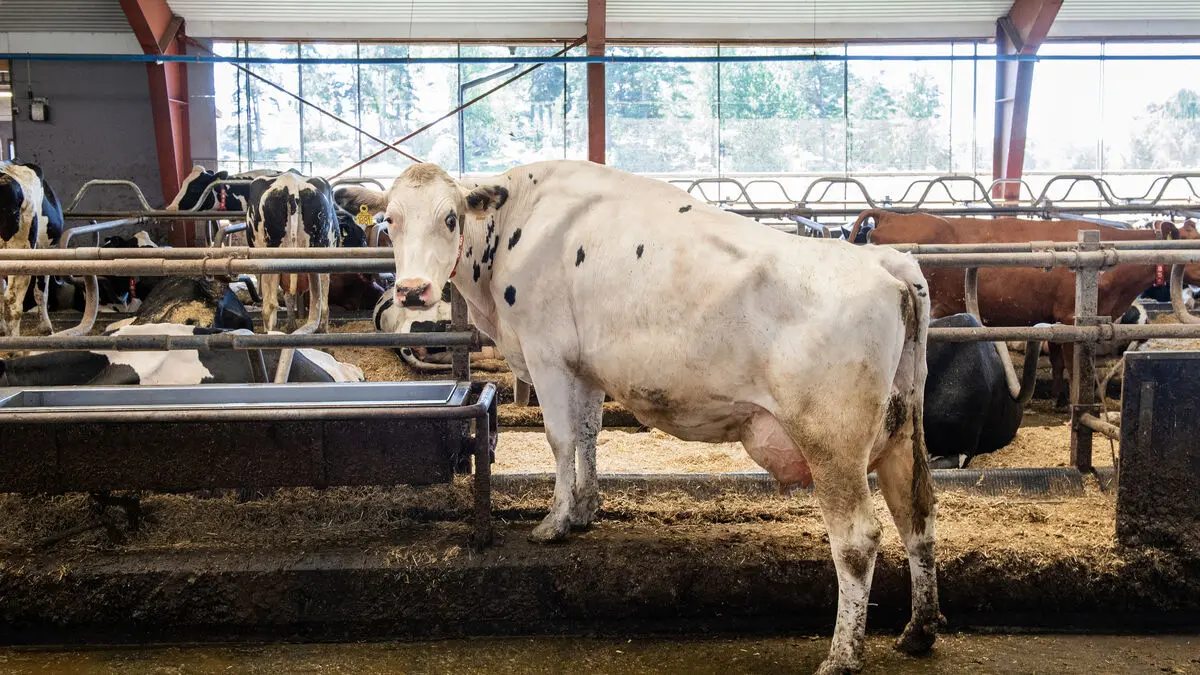We see that we get dogs from people who have started collecting new dogs again after previously having dogs taken away, says Erika Garmelius, communications officer at Hundstallet.
The dogs that come from animal hoarders to Hundstallet are often in poor condition, both physically and mentally, and it takes a long time before they function as normal dogs again.
Getting dogs that come from homes where animals have been mistreated is particularly difficult.
Partly because new dogs are suffering, partly because animal hoarders often have severe psychological problems. It becomes very frustrating to see that it repeats itself.
Three types
Carin Holmberg is the chairperson of the organization Se sambandet and an expert on animal hoarders. She explains that there are different types of animal hoarders with different underlying problems.
One group, those who collect exotic animals, are mostly after trophies and are sometimes discovered when they trade in protected animals.
In others, there are different degrees of mental illness behind the collecting. A typical example is a kennel owner who, due to, for example, divorce or death in the family, has ended up in financial difficulties.
You think you'll take three litters and then it triggers something. Then you don't get rid of enough dogs and suddenly you've started collecting.
She believes that this group is relatively easy to provide support and help to, since they have had a functioning business.
The group that most people probably think of when talking about animal hoarders is more difficult.
They often have a trauma behind them and can almost live in a different reality where they think they communicate with the animals and don't see that there are dead animals on the floor, that they eat each other, and it's dirty. You can't see the misery without experiencing yourself as the animals' best friend.
Almost all of them relapse and start collecting again after the animals have been taken away.
No coordination
Often, the hoarders live socially isolated, and it is suspected that many cases are never reported. There is also no authority with overall responsibility or coordination between authorities. The hoarders fall between the cracks and are left without help.
There are no resources, so this is allowed to happen again and again, says Erika Garmelius.
What we want to see is cooperation between different authorities. It is the county administrative board that takes away the dogs, but we need support for the people who collect, so they get help.
Last autumn, 123 dogs were taken away from a kennel in Östergötland. Some dogs were, according to the county administrative board, completely apathetic, others so stressed that they bit and hung in the bars. The amount of urine and feces made it difficult to breathe, and cages with dogs were stacked on top of each other. About 20 of the dogs were put down.
In February 2024, a woman in Stockholm was convicted of animal cruelty after having around 1,000 hamsters at home in her apartment. Later, her partner was also convicted. The hamsters were kept, among other things, in plastic buckets on the balcony and under the sink.
In the spring of 2024, the county administrative board in Södermanland took away 96 cats. First, 55 that were crowded on an area of 50 square meters without access to food and water, later another 41 that were hidden away in a storage room before the inspection.





